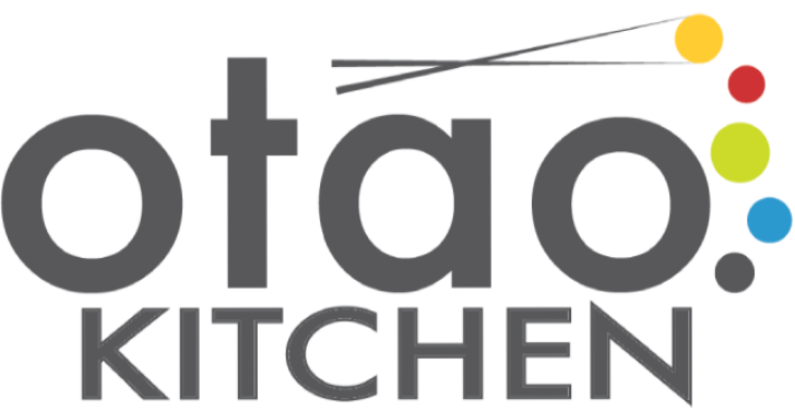Alternatively, you may use a standard pasta maker and roll out this dough as directed. I hope you give this recipe a try, whichever you prepare it. You get to enjoy a large plate of chewy noodles at the conclusion of this simple and enjoyable way to spend an hour in the kitchen with someone you love.
Which are Ingredients and Tools to Prepare
To make pasta at home, you'll need both ingredients and tools. Here's a basic list of what you'll need:
1. Ingredients
All-Purpose Flour: This is the primary ingredient for pasta dough.
Eggs: Eggs help bind the flour together and add richness to the dough.
Salt: Just a pinch enhances the flavor of the pasta.
Water: Sometimes added to adjust the dough's consistency.
2. Tools
Mixing Bowl: For combining the ingredients and kneading the dough.
Work Surface: A clean, flat surface for kneading and rolling out the dough.
Rolling Pin: Used to flatten and roll out the pasta dough.
Knife or Pasta Cutter: For cutting the dough into desired shapes.
Pasta Machine (Optional): While not essential, a pasta machine makes rolling out the dough easier and ensures uniform thickness.
Drying Rack or Clean Towel: To dry the pasta before cooking, preventing it from sticking together.
Pot for Boiling Water: To cook the pasta.
Colander: For draining the cooked pasta.
Saucepan or Skillet: For preparing your desired sauce or accompaniments.
With these ingredients and tools, you'll be well-equipped to make delicious homemade pasta right in your own kitchen!
Step-by-step Guide for Successful Making Pasta from Scratch
1. Prepare the Dough
Start by placing the flour and salt in a large mixing bowl and making a well in the center.
Crack the eggs into the well and beat them lightly with a fork or whisk.
Gradually incorporate the flour into the eggs, mixing until a dough begins to form.
2. Knead the Dough
Once the dough starts to come together, transfer it to a clean, floured work surface.
Knead the dough for about 8-10 minutes until it becomes smooth and elastic. You can add a little water if the dough is too dry, or more flour if it's too sticky.
3. Rest the Dough
Wrap the dough in plastic wrap or cover it with a clean towel and let it rest at room temperature for at least 30 minutes. This allows the gluten to relax and makes the dough easier to roll out.
4. Roll out the Dough
After resting, divide the dough into smaller portions for easier handling.
Using a rolling pin, roll out each portion of dough into a thin sheet, about 1/16 to 1/8 inch thick. Make sure to flour your work surface and rolling pin to prevent sticking.
5. Cut the Pasta
Once the dough is rolled out to the desired thickness, use a knife or pasta cutter to cut it into your desired shape. You can make long strips for fettuccine or tagliatelle, squares for ravioli, or use a pasta machine for uniform shapes like spaghetti or linguine.
6. Dry the Pasta
If you're not cooking the pasta immediately, let it dry on a drying rack or clean towel for about 15-30 minutes. This helps prevent the pasta from sticking together during cooking.
7. Cook and Enjoy
To cook the pasta, bring a large pot of salted water to a boil.
Add the pasta and cook until al dente, usually 2-4 minutes depending on the thickness of the pasta.
Drain the cooked pasta and toss it with your favorite sauce or toppings. Serve immediately and enjoy your homemade pasta!
Follow our ultimate guide for successful making pasta from scratch
Bonus Tips
Make room. To roll the dough, you'll need a long, uncluttered surface. Remember this advice. Pasta sheets have a maximum length of three feet! The kitchen table is perfect.
Weigh all of the components, including the eggs. This will guarantee that the pasta dough has the proper, malleable, and soft texture. Your dough will be crumbly and dry if your eggs are too little. For precision, I use this digital scale.
Move forward. Prepared spaghetti noodles can be frozen, kept in the refrigerator, or kept at room temperature. For further information, see storage alternatives.
Complete the task. Dough for pasta dries very rapidly. Cover it whenever possible. Use an overturned dish, clean kitchen towels, or plastic wrap.
Final Thoughts
It really is a game changer and does a lot of the work for you just by sitting untouched! When you are bringing a pasta dough together you are hydrating the flour with the eggs. It needs time to do this so by resting it for that first 10 minutes you are giving it a chance to do so. You'll be quite surprised how different the dough feels after that first rest. It means you won't have to knead it for as long as you would normally.
At Otao Kitchen, you can have a fresh pasta supper at home after learning how to cook it from scratch. This two-hour online cooking class will teach you how to combine the ingredients, knead, rest, roll, and cut the dough into the desired form. In this practical, step-by-step session, meat and Napoli sauces will also be covered.






























.jpg)

